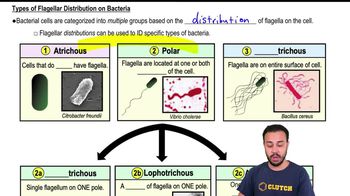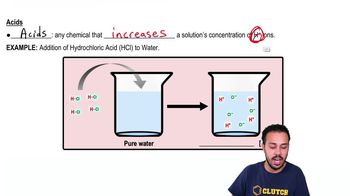Give several examples of how microbes evade the complement system.
 Tortora 14th Edition
Tortora 14th Edition Ch. 16 - Innate Immunity: Nonspecific Defenses of the Host
Ch. 16 - Innate Immunity: Nonspecific Defenses of the Host Problem 16.8a
Problem 16.8aHelicobacter pylori uses the enzyme urease to counteract a chemical defense in the human organ in which it lives. This chemical defense is
a. lysozyme.
b. hydrochloric acid.
c. superoxide radicals.
d. sebum.
e. complement.
 Verified step by step guidance
Verified step by step guidance
Verified Solution
Key Concepts
Helicobacter pylori

Urease Enzyme

Gastric Acid

In 1884, Elie Metchnikoff observed cells collected around a splinter inserted in a sea star embryo. This was the discovery of
a. blood cells.
b. sea stars.
c. phagocytosis.
d. immunity.
e. none of the above
DRAW IT Label on the figure the following processes that result in phagocytosis: margination, diapedesis, adherence, and phagolysosome formation.
<IMAGE>
Are the following involved in innate or in adaptive immunity? Identify the role of each in immunity:
a. TLRs
b. transferrins
c. antimicrobial peptides
Which of the following statements about IFN- is false?
a. It interferes with viral replication.
b. It is host-cell–specific.
c. It is released by fibroblasts.
d. It is virus-specific.
e. It is released by lymphocytes.
How can a human make 100 billion different antibodies with only 25,000 different genes?